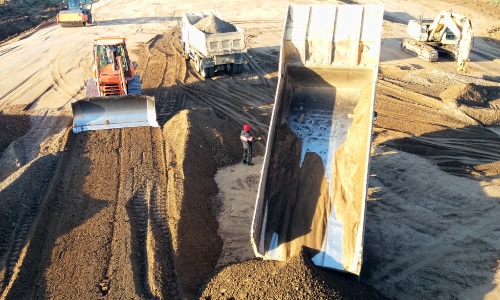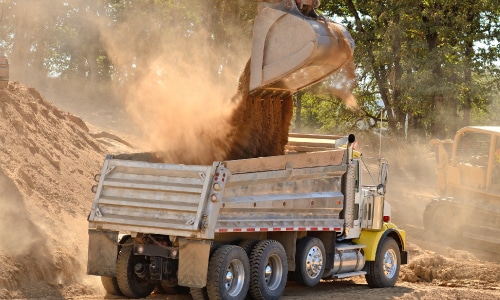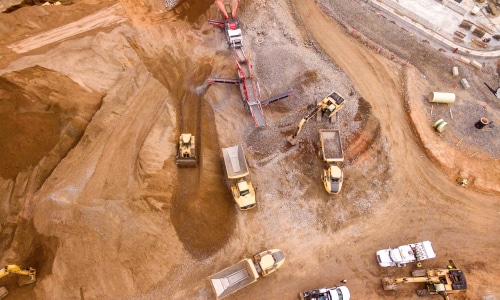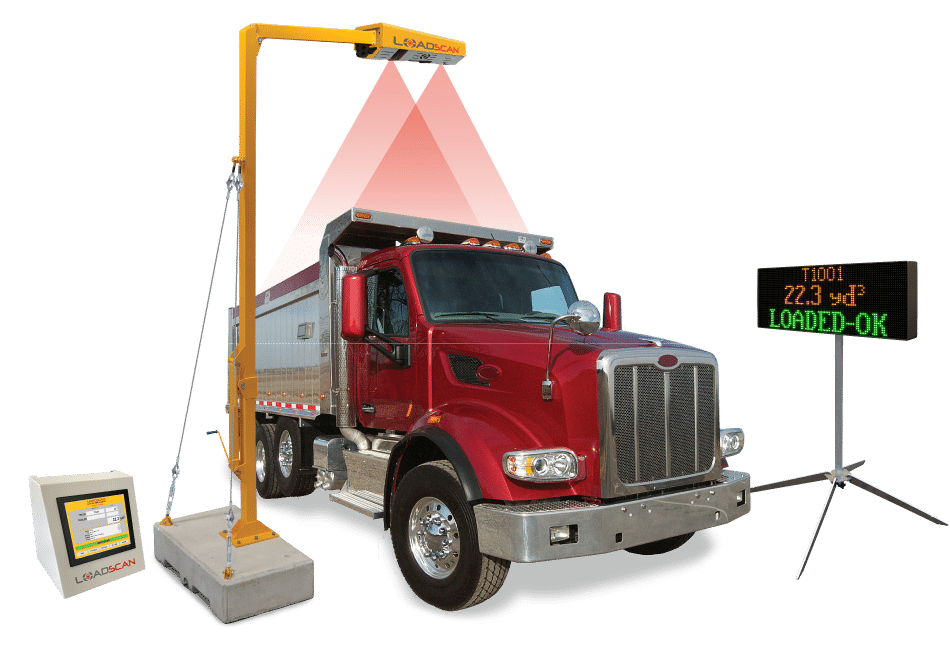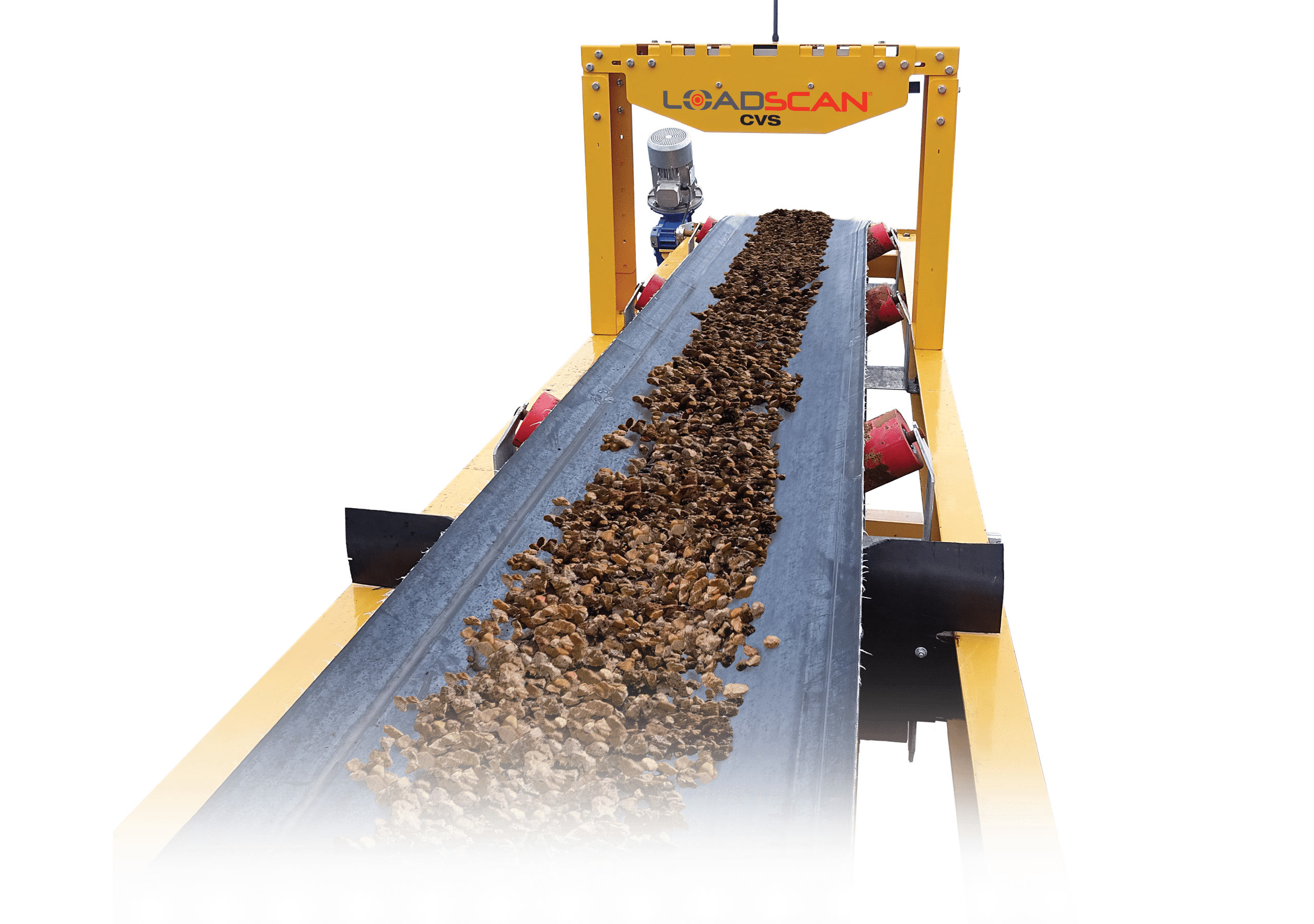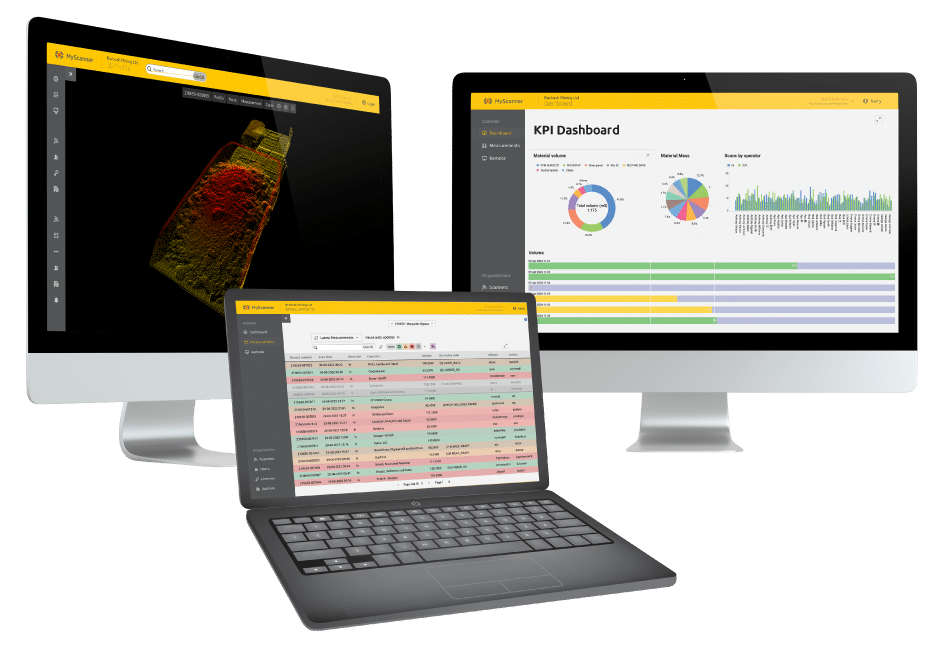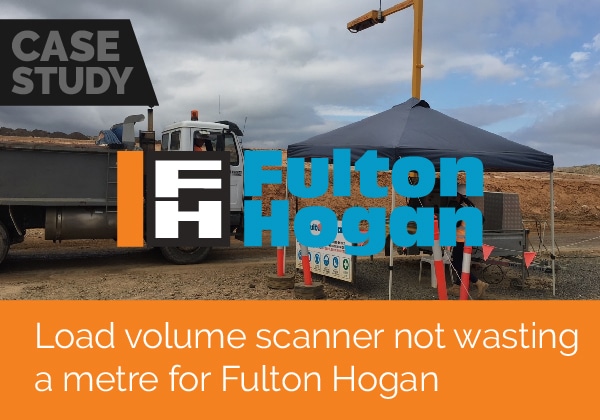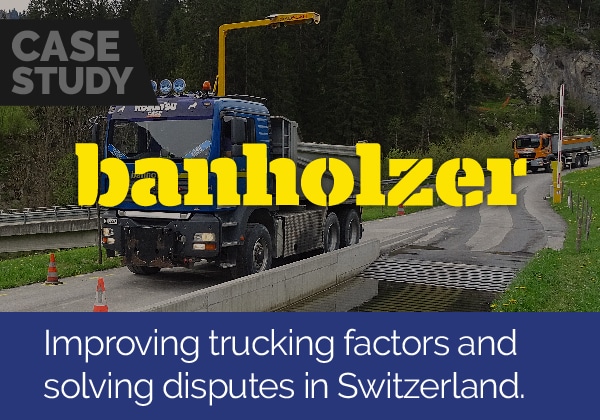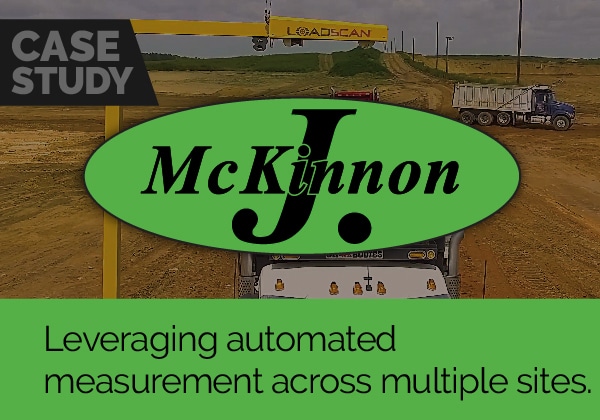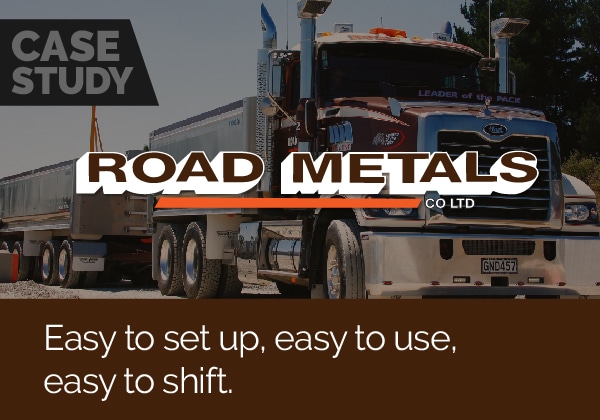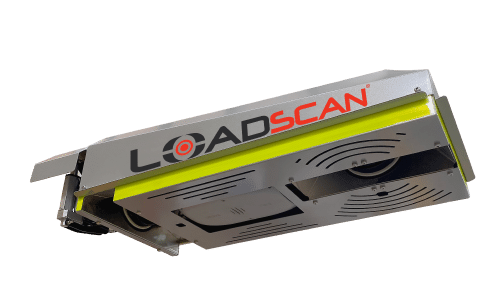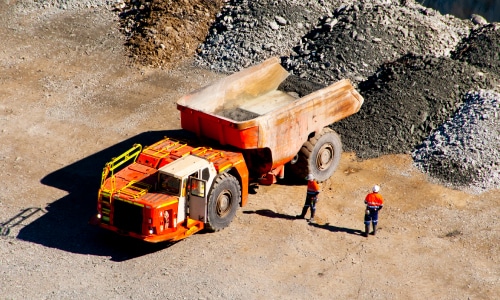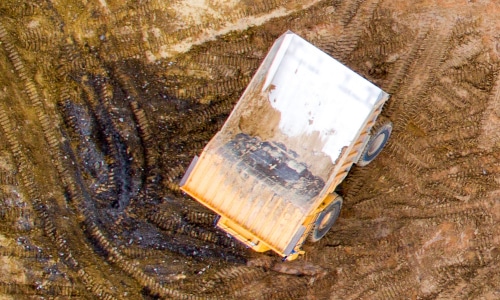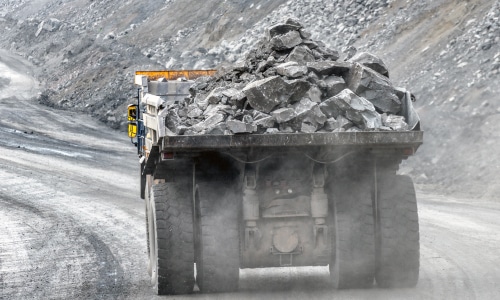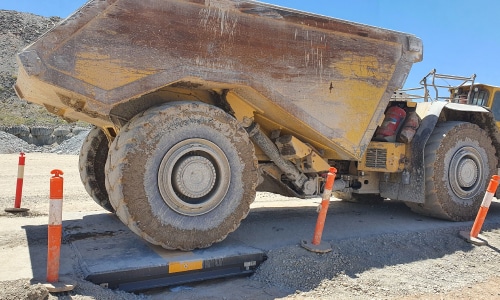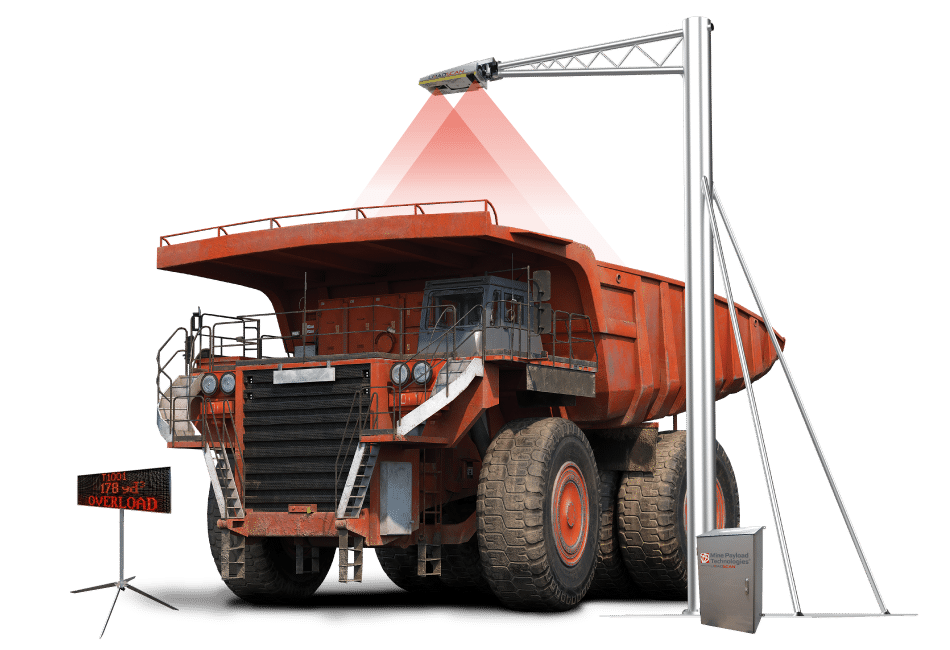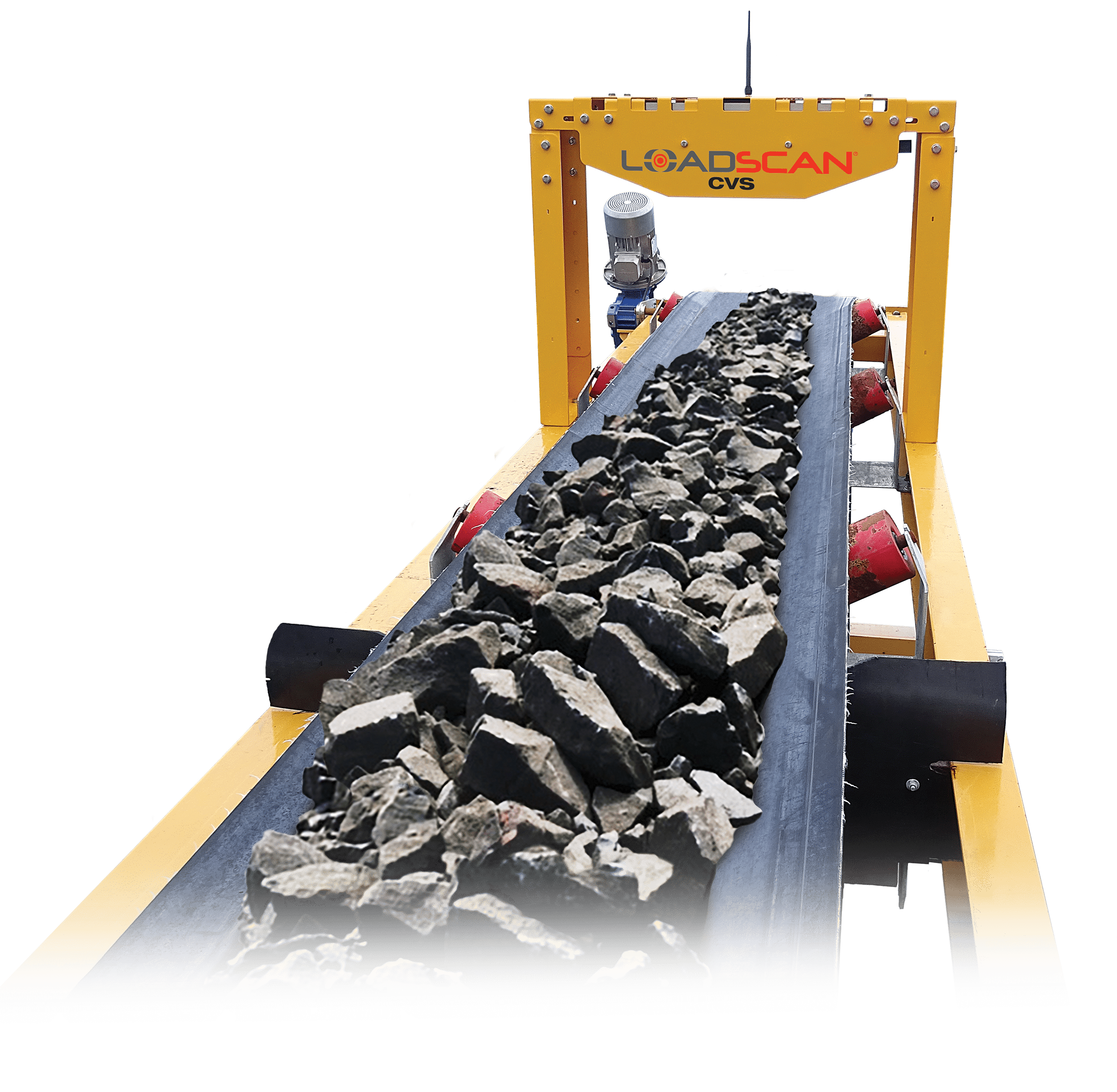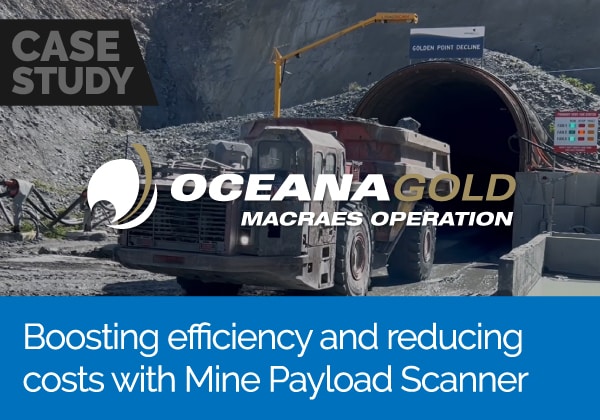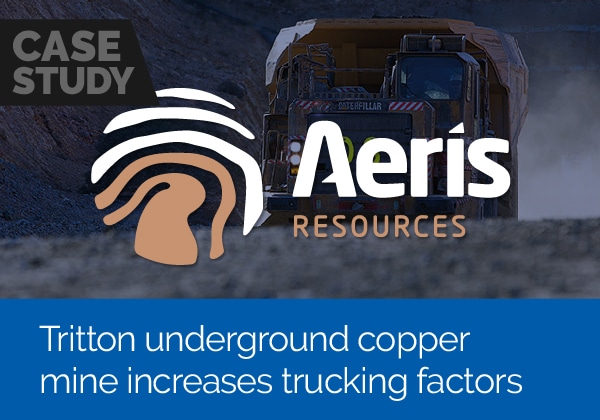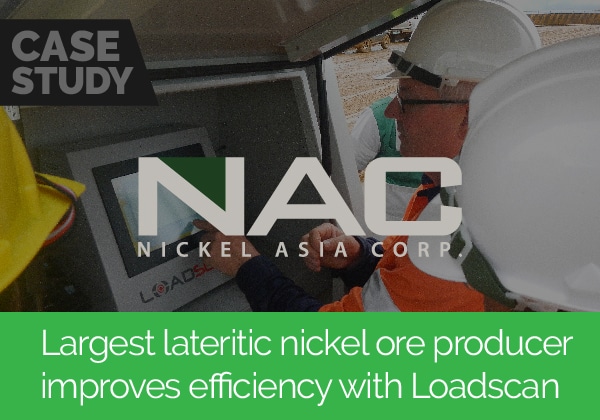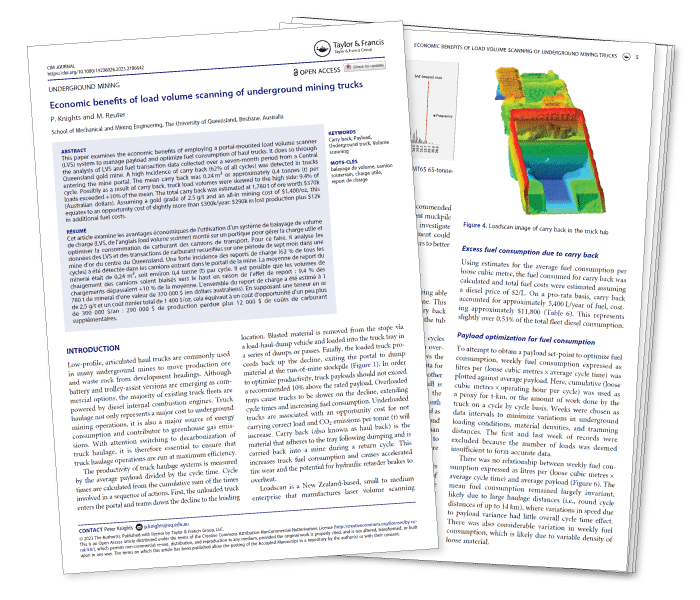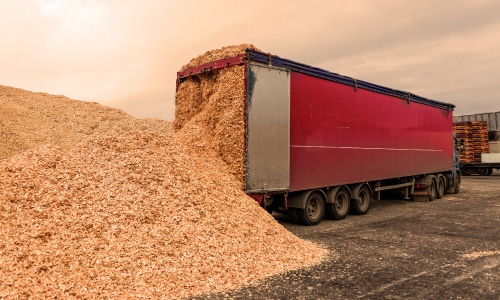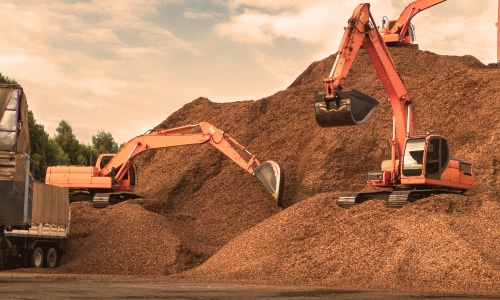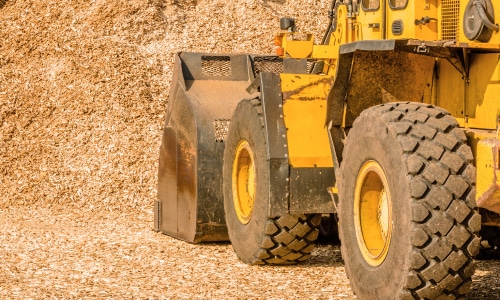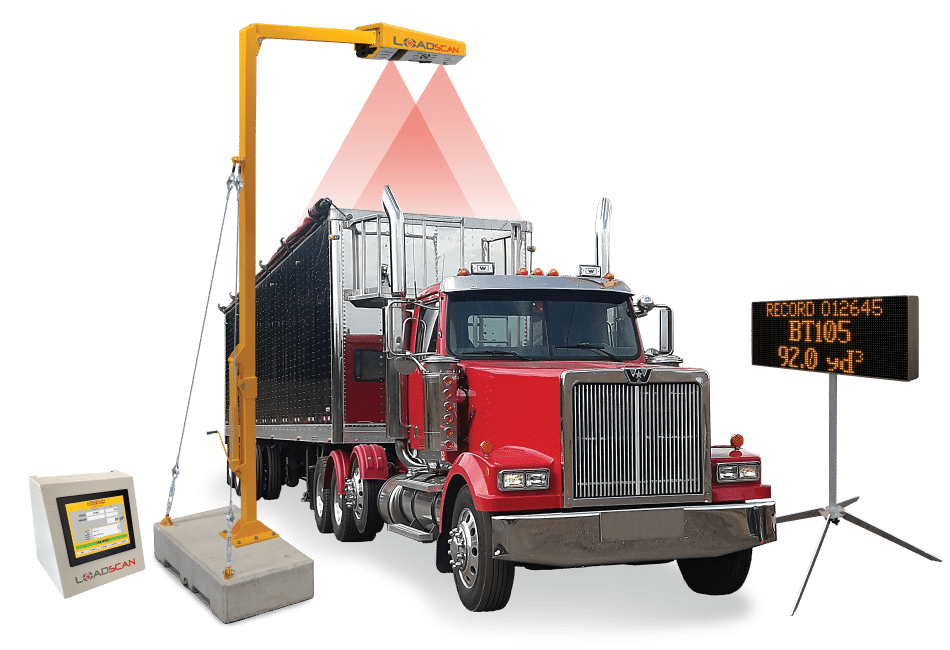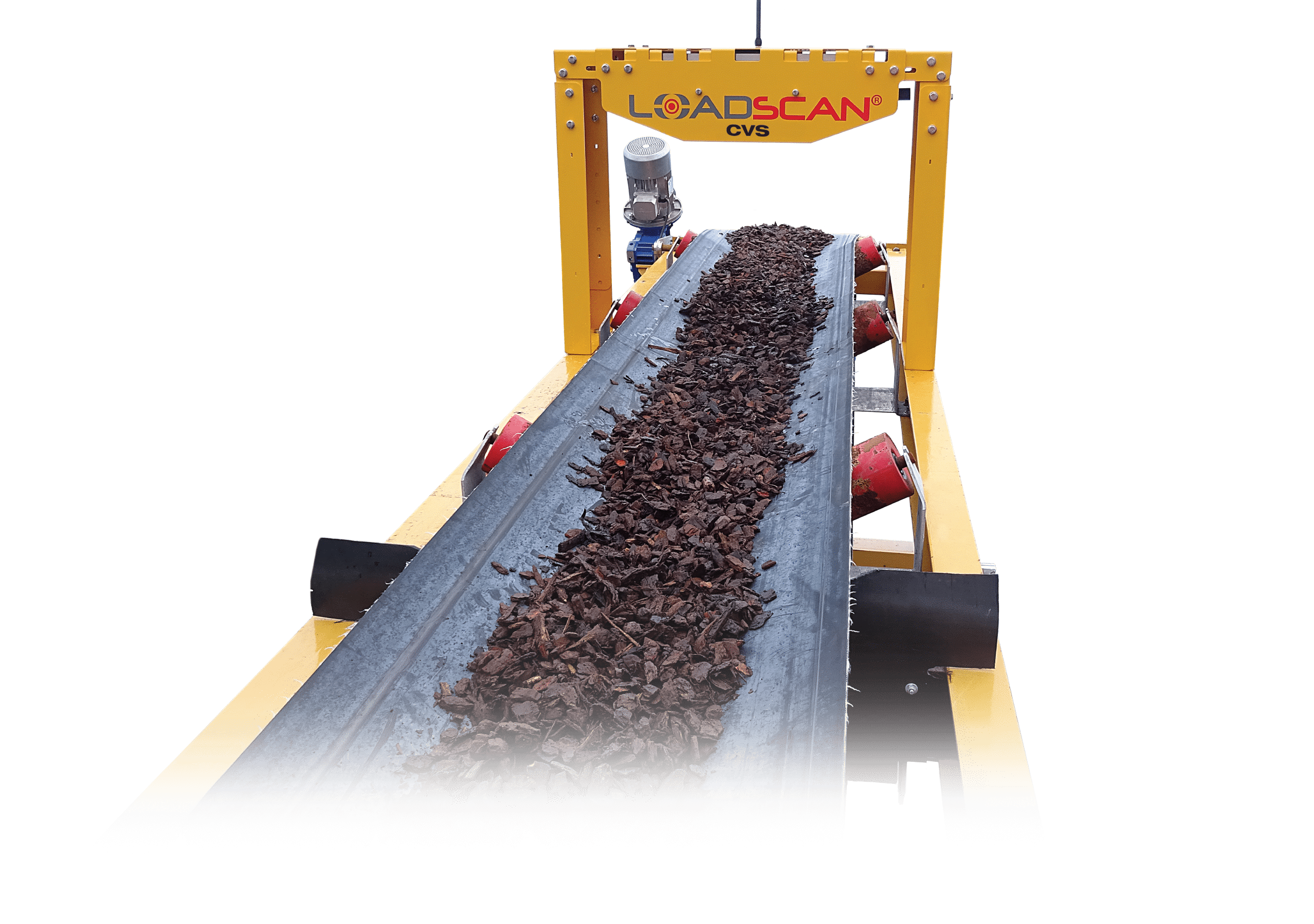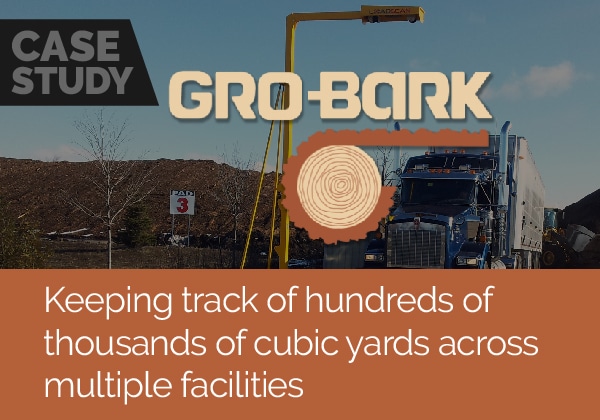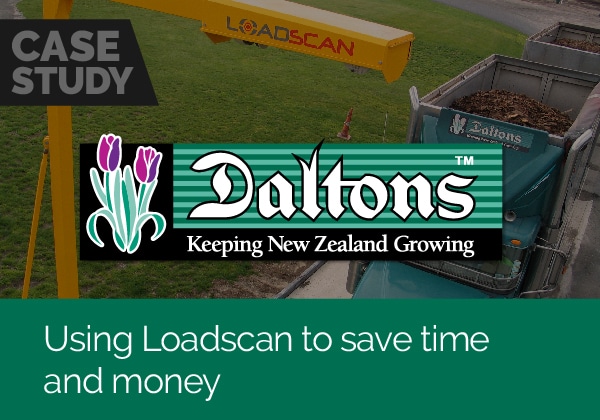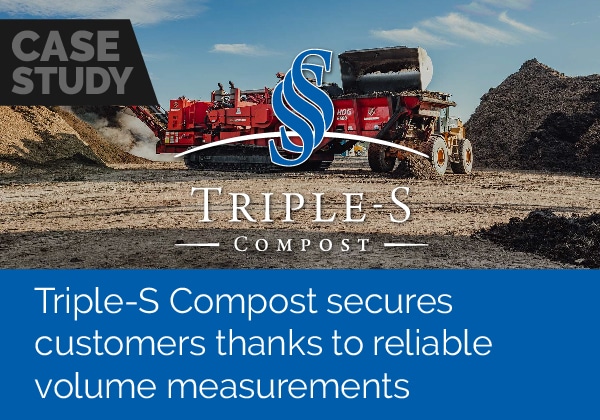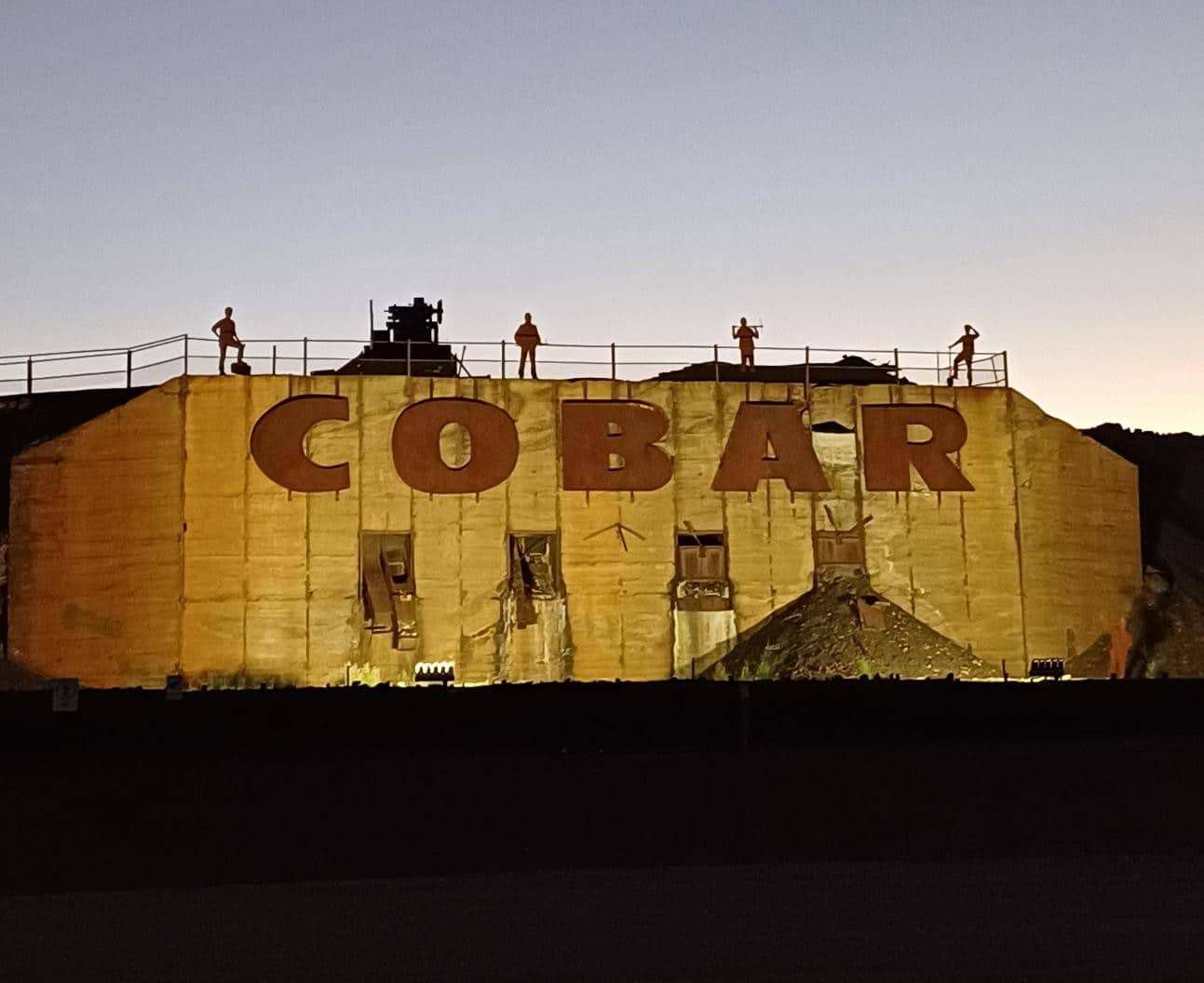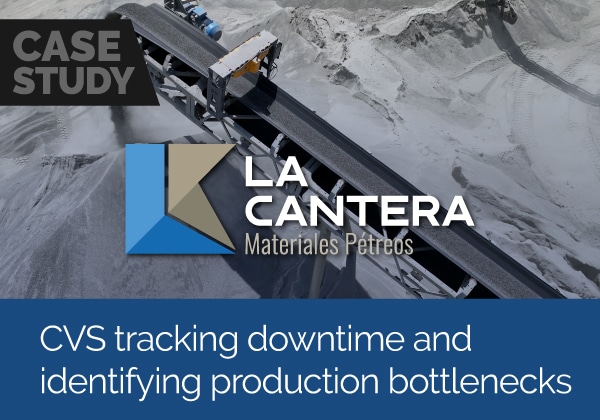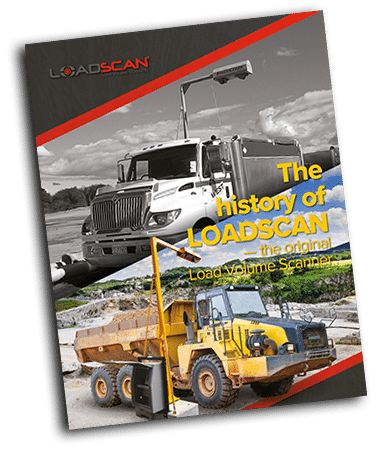Optimizing Mining Operations with Pitram and Loadscan Integration at CSA Cobar The MAC [...]

Boosting efficiency and reducing costs with Loadscan’s Mine Payload Scanner
Project Details
| CATEGORY: | Mining Productivity |
| LOCATION: | Otago, New Zealand |
| PRODUCT: | MPS Portable |
| WEBSITE: | oceanagold.com |
In the heart of OceanaGold’s Macraes Operation goldmine in Otago, every ounce of efficiency counts, and Senior Geologist, Graham Gibson, says the Loadscan Mine Payload Scanner (MPS) has emerged as a game-changer in truck load measurement.
He says the MPS volume scanner has revolutionised operations, offering a seamless and continuous workflow, as well as identifying issues such as carryback, which can quickly have a negative impact on profitability.
Tackling carryback head-on
It’s when the trucks return from dropping their load at the waste pad or ROM pad that carryback — a perennial concern in mining — is often detected.
By using data from the scans provided by the MPS, carryback becomes a quickly identified issue and a very manageable task which can be quickly rectified.
“They come back through the scanner, and they’ll obviously see if they’ve got any carryback,” he says. “It’s significantly reduced the carry back because we can get on top of that straight away.
“If we’ve got more than half a cubic metre of carryback on, then the truck will go up to the ROM pad and get the carryback scraped out, so the next load has got a clean tub again.
“And I think that’s one of the main benefits for the Loadscan system is just any truck with carryback in it, it’s just getting it out straight away,” he says, before reinforcing the carryback issue with another strong endorsement.
“Less carryback, more tons out of the hole, the less fuel, less CO2. It’s better for everyone,” he states.
Beyond the surface: Utilising data for efficiency
Graham reveals a hidden treasure in the Loadscan MPS capabilities — the utilisation of the data that’s generated by the system.
Beyond mere load measurements, the MPS offers detailed 3D scans, which give an insight into truck loading, weight distribution and chassis balance. Graham envisions leveraging this data for enhanced truck efficiency, a big step towards optimising fleet utilisation.
“As in checking that trucks are loaded properly because there’s so much, rather than just the truck’s not loaded properly.
“It puts weight on the chassis where it shouldn’t, forward or back, side to side and, quite often, if it’s loaded heavy on one side, there’s actually room for dirt on the other side.
So, using a lot more of that data as well potentially will help us out with truck efficiencies and effectiveness.”
Loader education also becomes a key focus, with the ability to visualise load distribution in 3D and pass this on to the bogger operator who is working at the face.
This contributes to maximising truck efficiency and reducing environmental impact as well as addressing carryback when required.
“That’s it’s one thing that we can use it more in the future is for loader education — if there’s carryback in the front left of the tub, or how that load’s sitting left and right and forward, back.
“There’s a lot of advantage in there as well.”
Pursuing operational excellence
In the tireless quest for peak performance, the Loadscan MPS at Macraes Goldmine emphasises the successful lateral thinking that can be employed in the drive to improve day-to-day mining operations.
Graham underscores the far-reaching impact of minimising carryback, leading to increased material extraction, lowered fuel consumption, and a diminished carbon footprint. The Loadscan MPS goes beyond being a mere instrument; it acts as a driving force for a mining future that is not only more efficient and sustainable but also more profitable.

